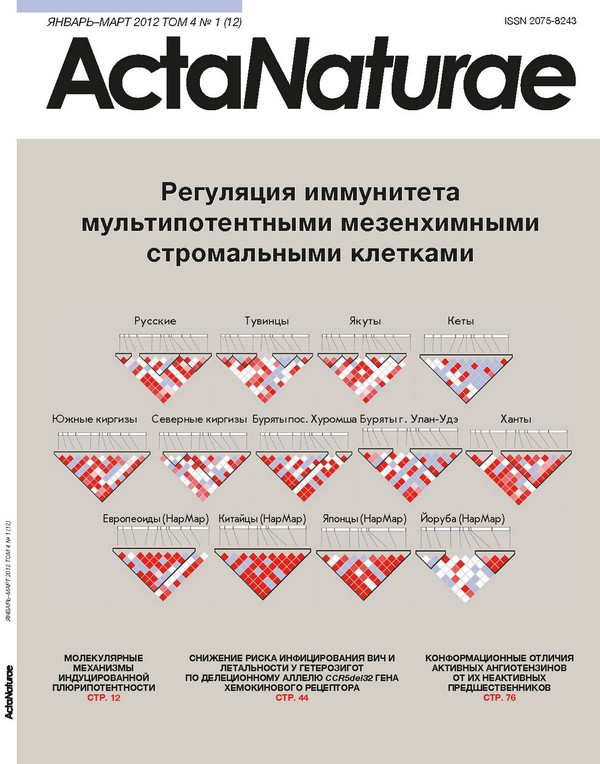Monitoring of the Zeta Potential of Human Cells upon Reduction in Their Viability and Interaction with Polymers
- Authors: Bondar O.V.1, Saifullina D.V.1, Shakhmaeva I.I.1, Mavlyutova I.I.1, Abdullin T.I.1
-
Affiliations:
- Kazan (Volga Region) Federal University
- Issue: Vol 4, No 1 (2012)
- Pages: 78-81
- Section: Research Articles
- Submitted: 17.01.2020
- Published: 15.03.2012
- URL: https://actanaturae.ru/2075-8251/article/view/10637
- DOI: https://doi.org/10.32607/20758251-2012-4-1-78-81
- ID: 10637
Cite item







